
Gardeners appreciate Hemerocallis for the beauty of flowers, durability and unpretentiousness, collectors — for an incredibly wide assortment.
Each flower pleases the eye with beauty for just one day, but the plant opens new buds with the sunrise — and so for several months! Hemerocallis of modern varieties “exhibit” more than 300 flowers per season, and the peduncle can crown up to 40 buds.
Already in June, many wild species of Hemerocallis adorn the plantings with yellow flowers. H. lilioasphodelus and H. minor also exude a pleasant aroma. The same applies to Hemerocallis middendorffii, which under favorable weather conditions blooms again closer to autumn.
While other plants have such a long and abundant flowering takes all the life force, which is why they can not boast of longevity and end their life path in just a couple of years, Hemerocallis can be safely attributed to centenarians, because they are able to live in one place and bloom luxuriously for up to 10 years. When the number of flowers noticeably decreases, in early spring or autumn, the plant should be divided and transplanted, thereby rejuvenating it.
Dossier: Hemerocallis
- General information: there is approx. 20 species and more than 80,000 varieties, the assortment is updated annually.
- Height: depending on the type and variety, 30-150 cm.
- Flowers: white, yellow, orange, pink, red, purple, bicolor and polychrome; simple, double, small and large; from June to September; plants of early varieties delight in repeated flowering in autumn.
- Place of growth and care: normal, not too dry garden soil; sun or partial shade, good in single or group planting; requires fertilizer in spring; poorly flowering shrubs need to be rejuvenated by dividing the rhizome.

Hemerocallis is popular all over the world. In Germany, it was even awarded the title of “Herbaceous perennial of 2018”. Such “glory and honor” is quite justified, because the assortment of plants is simply huge — there are more than 80,000 varieties. And this is not the limit: every year, “from the pen” breeders consistently appear new products.
Of course, not all of them are able to take root in harsh conditions. But there are enough” persistent soldiers”. By the way, the species of Hemerocallis also abound, and wild-growing ones may well compete with cultural ones. Thus, the “savage” Hemerocallis citrina, although it does not impress with the “growth” and size of flowers, but from may to September it constantly opens its buds in the evening, attracting the scent of moths. A true night beauty! Our hero is a universal “ingredient” for a flower garden in any style.

Hemerocallis is also good as a border plant. This “edging” can be either plain (in the photo above- ‘Summer Wine’ with wine-red flowers), or variegated (from different varieties of plants). Hemerocallis has few rivals in the variety of forms and color of flowers. Depending on the type and variety of bells can be small and large, simple and Terry, all sorts of colors and patterns — for any, even the most demanding taste.
Hemerocallis are equally good both solo and with suitable partners. In particular, early blooming Hemerocallis look great in the company of irises and peonies, blooming at the peak of summer-with Phlox paniculata and Campanula lactiflora. For later Hemerocallis, Helenium and autumn Anemone will be excellent neighbors.
Purple shades of the flower garden blooms Hemerocallis ‘Lavender Deal’. Against the background of white astrantia, the eye-catching bells look even more spectacular.
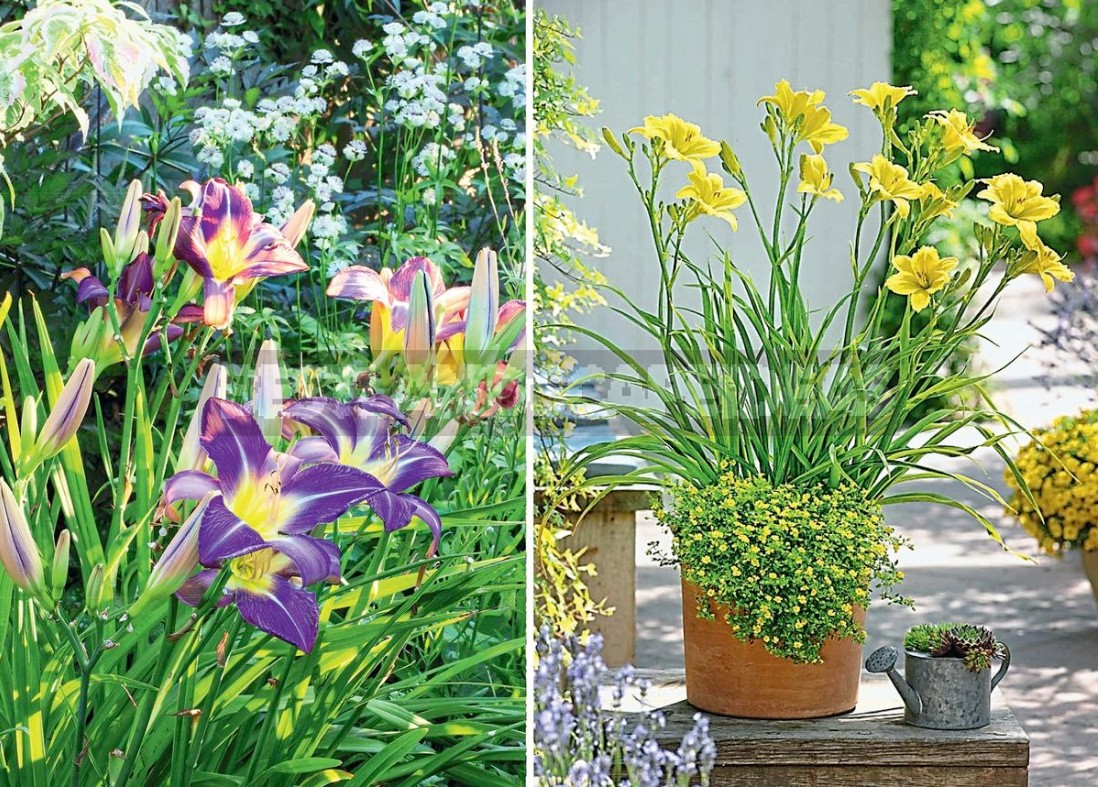
For growing in a pot, small-colored dwarf varieties are best suited (in the photo above – lemon-yellow ‘Green Flutter’). Suitable candidates will also be ‘Spacecoast Tiny Perfection ‘(apricot),’ Little Joy ‘(red) and’ Stella de Oro’ (yellow). These plants are bursting with health and bloom profusely-provided that they are regularly divided and transplanted.
Carl Forster, a well-known breeder, wittily called Hemerocallis a plant for an intelligent idler. And it is true that our many-faced hero does not cause much trouble. Even the weeds give way before it — they just barely squeeze into the planting with Hemerocallis. As for the place in the garden, if possible, choose a Sunny flower garden for this herbaceous perennial (in partial shade, it blooms worse).
There are no special requirements for the soil. But the drought does not like Hemerocallis, so do not forget to water it (especially in the dry spring — for better development of flower stalks, and in the summer-occasionally, but abundantly). Well, to maximize flowering, in mid — may-early June, it will not hurt to feed the plants with mineral fertilizers. Well, there are enough arguments to grant Hemerocallis permanent residence in your garden, aren’t there?
This is interesting: in Asian countries, Hemerocallis is traditionally used in medicine and cooking. The taste of the petals depends on the variety. The stamens are removed before processing.
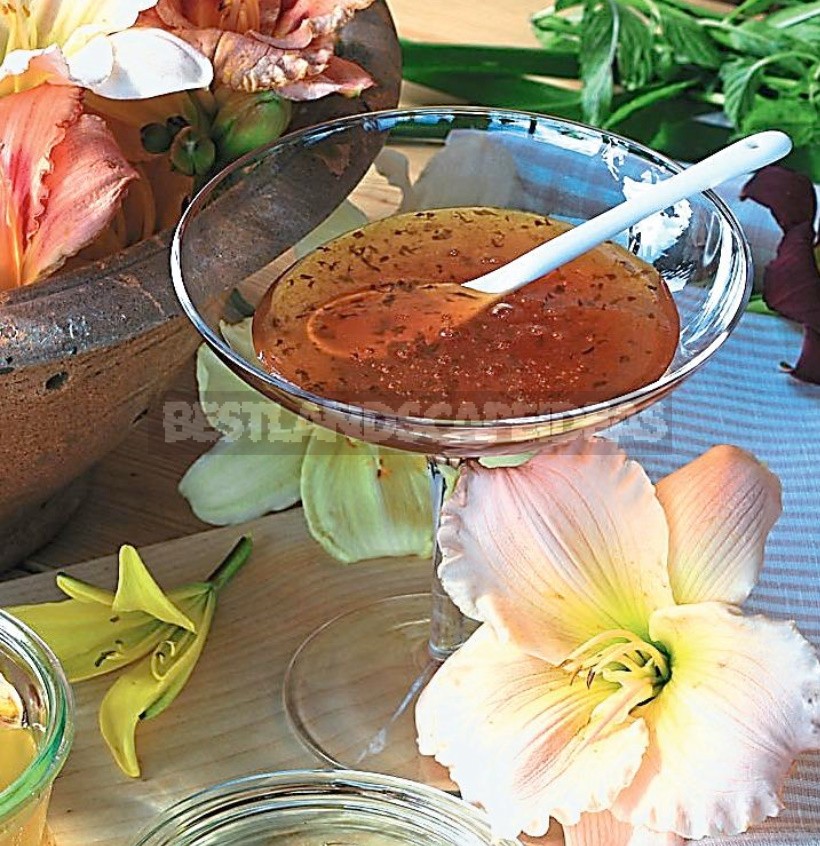

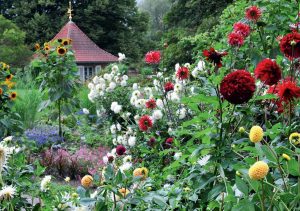
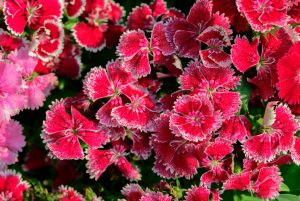
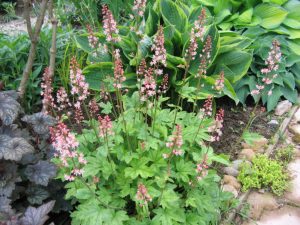
Leave a Reply